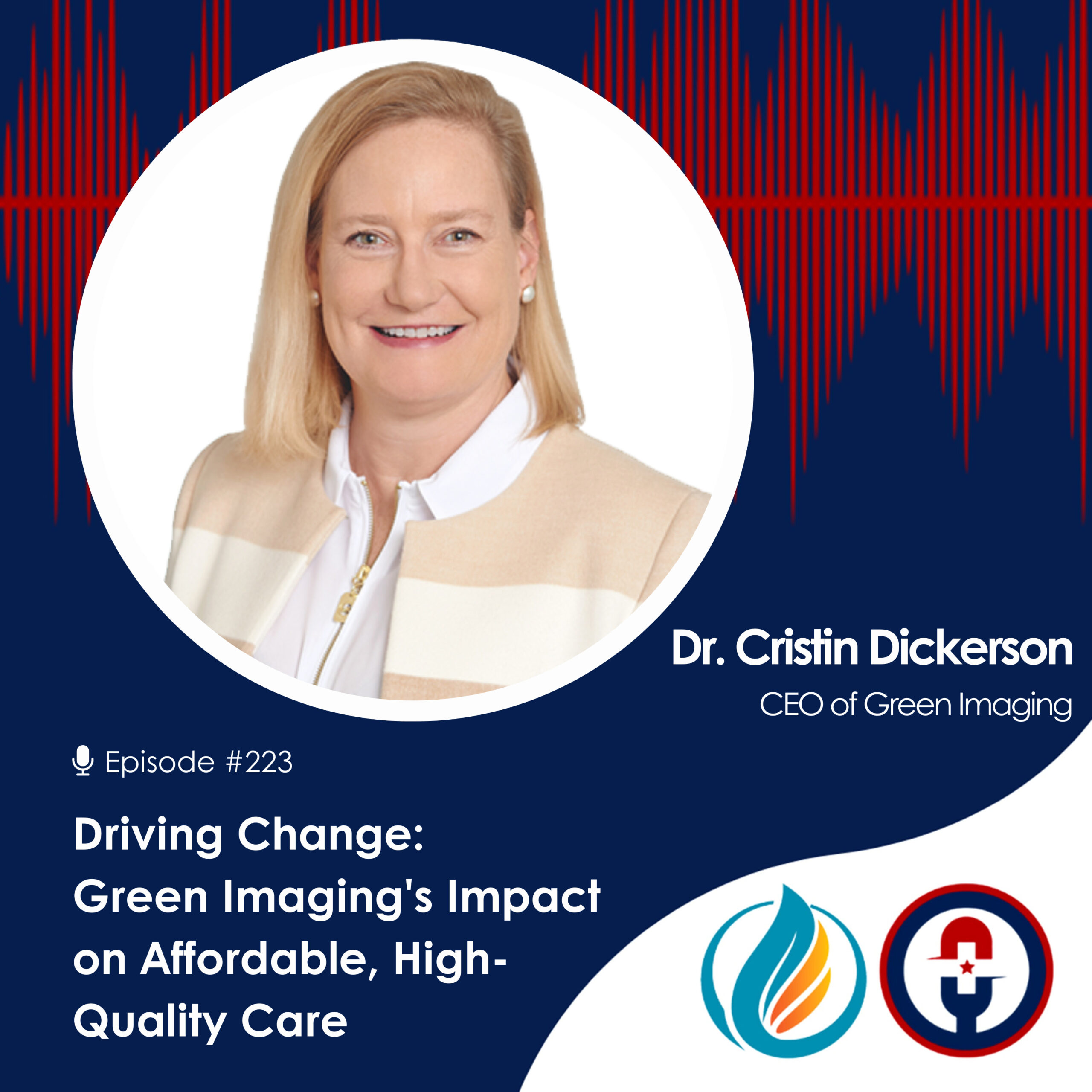What Is Going On With Healthcare?

Affordable Care Act, Repeal, and Where American Healthcare is Headed in 2018
"The free market changes occurring in the employer sponsored healthcare space can serve as a model for real governmental health care reform. When Direct Primary Care providers are shepherding patients through well and sick care with an eye toward providing the best care at a fair price, true reform and better and more affordable care will follow."
--- DR. CRISTIN DICKERSON, MD
2009-2017 Healthcare Timeline
- Tax Cuts and Jobs Act of 2017 Passes The Senate.
- In Lieu of the BCRA’s Lack of Progress, Congress Announces a “Repeal Only” Bill That Immediately Fails.
- The Senate proposes The Obamacare Repeal Reconciliation Act (ORRA), which also fails upon arrival.
- A procedural vote on the Better Care Reconciliation Act (BCRA) fails.
- Republicans release the “Skinny Bill”. It fails the same day.
- The Patient Protection and Affordable Care Act, often shortened to the Affordable Care Act (ACA) is signed into law. The ACA retained much of the structure of existing healthcare systems including Medicare, Medicaid, and the traditional insurance market, rather than providing true reform. Insurers opting into the ACA market were to accept all applicants regardless of whether or not applicants had a pre-existing condition. It provided government subsidies for lower income families and individuals to cover the cost. To keep lower risk individuals from opting out of coverage and thus consolidating only high risk individuals in the pool, the ACA included a mandate for all individuals to purchase insurance or face increasing financial penalties. The “individual mandate” continues to be a subject of intense debate. A major flaw of the ACA was capping insurance company profit at 20% of revenue, thus providing insurers a disincentive rather than an incentive to drive down the overall cost of healthcare under these plans.
- The American Healthcare Act (AHCA) Introduced in the House of Representatives The AHCA wasn’t a complete repeal-and-replace bill of the ACA and its ultimate fate reflects this. The bill opted to selectively gut parts of the ACA, such as the individual mandate and ACA-related taxes, and kept others, such as the provision that allows young adults to stay on their parents' insurance plan until they turn 26 years old. The bill did not, however, attempt to alter in any significant way the underpinnings of the ACA and its many flaws.
- The American Healthcare Act (AHCA) Passes in the House of Representatives & the Senate Begins Work on Their Better Care Reconciliation Act (BCRA) After a number of failed votes and falses starts, the AHCA passes the House of Representatives. Immediately afterward, the senate announces it will begin work on its own bill which will become known as the Better Care Reconciliation Act (BCRA). Over the next several weeks the vote for the BCRA will be delayed time and time again.
- Tax Cuts and Jobs Act of 2017 passes the House of Representatives.
- Tax Cuts and Jobs Act of 2017 Introduced. While tax reform policy may seem like a separate issue than healthcare, they are integrally linked. In order to offset the tax cuts in the proposed bill, cuts had to be made in other areas and deals had to be negotiated. The Senate version of the Tax Cuts and Jobs Act of 2017 repeals the ACA individual mandate.
The Problems With the ACA
Healthcare is messy. The ACA was meant to be a starting point for healthcare reform and contains innumerable compromises to the most powerful lobbies such as health insurers, hospitals, and pharmaceutical companies that were meant to be fine-tuned and reformed over the years as Medicare (the most successful socialized medicine program in the world) has been. However, the intervening congressional gridlock has prevented reforms and fine-tuning.
The ACA is credited with insuring 20 million Americans who would otherwise be uninsured and bringing the rate of uninsured Americans to a historic low. However, since the passage of the ACA, the total cost for the average family plan increased by 43 percent from 2008 to 2016. While that’s a far cry from the 97 percent increase between 2000 and 2008, it remains less than ideal and truly unsustainable.
The problem with the ACA, like many of the policy proposals being bandied about today, is that it did not truly deal with the underlying malaligned incentives of those involved: government, insurance payors, pharmaceutical companies, hospitals, physicians, and patients and has actually worsened the malalignment.
Studies show it is not so much the volume of care that drives up the overall cost of care in the US relative to other countries, it is the cost of care.
When our largest congressional lobbies are pharmaceutical companies, insurance companies, and hospitals and these entities are also major campaign contributors, it is unlikely that those crafting healthcare law in this country will have goals aligned with patients and taxpayers.
When insurance payors are incentivized to maximize revenue rather than value and to maximize investor profit, their goals are not aligned with patients and taxpayers.
When pharmaceutical companies are allowed to charge our government and citizens much higher prices for the same drugs purchased by other countries, their goals are not aligned with patients and taxpayers.
When hospitals are allowed to create major monopolies, buy physician practices to control their patients thus driving up the overall cost of care for those patients 300%, and are granted not for profit tax status on the basis of Chargemaster distortion of "written off care", their goals are not aligned with patients and taxpayers.
When physicians have to spend 30% of the money they are contracted to receive from insurance companies to collect it and independent primary care physicians have to see 30 patients a day and spend 50% of their time on paperwork to keep their doors open, their goals cannot be appropriately focused on optimizing patient care.
When patients are faced with unbelievably complex insurance plans, crushing insurance premiums and patient responsibilities, and opaque healthcare pricing, their focus becomes sick care rather than true health care and they frequently forego needed procedures and medications on the basis of cost.
ACA: How Does Tax Reform Affect Obamacare?
The individual mandate is one of the pillars of the rehauled individual health insurance marketplace as constituted under the ACA. Theoretically, the tax penalties levied by the individual mandate were intended to induce healthy people to not opt out of insurance, thereby creating a broad insurance pool that would ultimately hold down the overall cost of care by distributing risk.
Without the ACA individual mandate, which the Tax Cuts and Jobs Act of 2017 will repeal, if further subsidies are not provided, consumers will likely see an immediate increase in premiums by 10 percent or more as the market adjusts. The tax reform provisions will also have other significant consequences for all parties involved in the healthcare industry including providers, insurers, life sciences companies, doctors, research students, and hospitals.
Where Does Healthcare Go From Here?
It’s hard to say. The fundamental tenets of the healthcare order remain relatively untouched. The government will continue to inject money into a broken and corrupt system for the foreseeable future. In the short term, repeal of the individual mandate may accelerate the slow unraveling of the individual marketplaces. Insurance premiums will continue to rise as before, making traditional health insurance more and more inaccessible or completely unaffordable for more and more Americans.
Fortunately, there are emerging lower cost options for low and medium risk individuals: healthshares, defined benefit plans, insurance cooperatives, and hopefully soon true catastrophic plans.
Additionally, more than half of care in this country is employer-sponsored and there are major shifts occurring in that market. Healthcare is now the second largest business cost for employers and changing the way that care is provided and the cost of that care is catching the attention of CEO's and CFO's. Employer-sponsored workplace clinics and Direct Primary Care models are focusing on well care rather than sick care, eliminating middlemen by direct contracting for pharmaceutical and lab and imaging services, and finding a high quality lower cost narrow physician and hospital networks with bundled pricing are gaining ground.
What I Would Like to See
The free market changes occurring in the employer-sponsored healthcare space can serve as a model for real governmental health care reform. When Direct Primary Care providers are shepherding patients through well and sick care with an eye toward providing the best care at a fair price, true reform and better and more affordable care will follow.
No more monopolies.
No more undue, market-killing consolidation.
No more opaque pricing.
Only by freeing the market and steering money and funds to the businesses and providers that provide the best care at the most competitive rates can we begin to take control of our nation’s crushing healthcare costs.
What we need is a free and fair health market to save America’s health care.
The Green Imaging Difference
Green Imaging provides a direct, uninhibited path from the supply (medical services) to the demand (employers, direct care physicians, and patients) thereby reducing costs. Don’t pay secret rates for diagnostic tests and imaging. Go Green Imaging instead!








